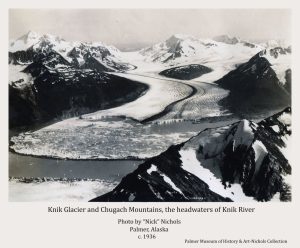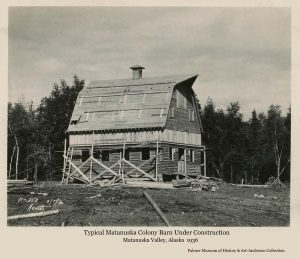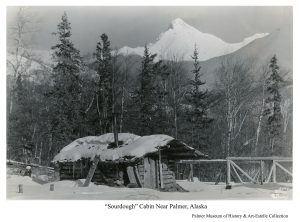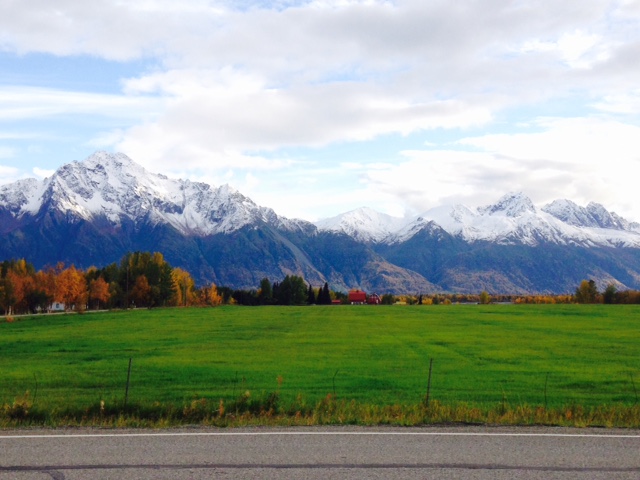
About Palmer
Palmer, Alaska, has a unique history rooted in both indigenous heritage and pioneering American settlement. Originally inhabited by the Dena’ina and Ahtna peoples, the area was rich in natural resources and used seasonally for hunting and fishing. In the early 20th century, the region gained significance during the Matanuska Colony Project of 1935, when the U.S. government relocated over 200 farming families from the Midwest as part of a New Deal relief effort during the Great Depression. These settlers helped establish Palmer as an agricultural hub, a legacy that continues today with its notable farms and the annual Alaska State Fair.
Uncover Palmer's History
Palmer, Alaska, has a unique history rooted in both indigenous heritage and pioneering American settlement. Originally inhabited by the Dena’ina and Ahtna peoples, the area was rich in natural resources and used seasonally for hunting and fishing. In the early 20th century, the region gained significance during the Matanuska Colony Project of 1935, when the U.S. government relocated over 200 farming families from the Midwest as part of a New Deal relief effort during the Great Depression. These settlers helped establish Palmer as an agricultural hub, a legacy that continues today with its notable farms and the annual Alaska State Fair.
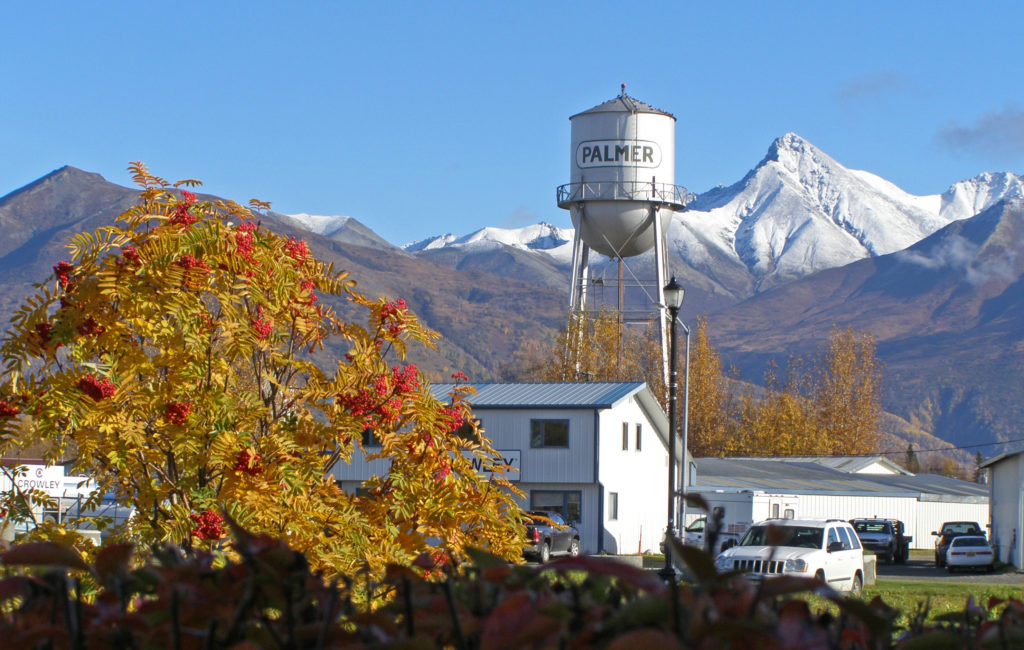

Palmer's Showcase Garden
The Palmer Showcase Garden, located on the grounds of the museum, is a vibrant and beloved feature of the community. This beautifully maintained space adds color and charm to the museum’s landscape, making it a popular destination for visitors looking to enjoy a peaceful stroll on a summer afternoon. The garden highlights a diverse array of perennials, annuals, and vegetables—each carefully selected to showcase what grows best in the Matanuska Valley’s unique climate. Designed and maintained by the City of Palmer, the garden serves as a living exhibit that celebrates the region’s horticultural richness and agricultural legacy.
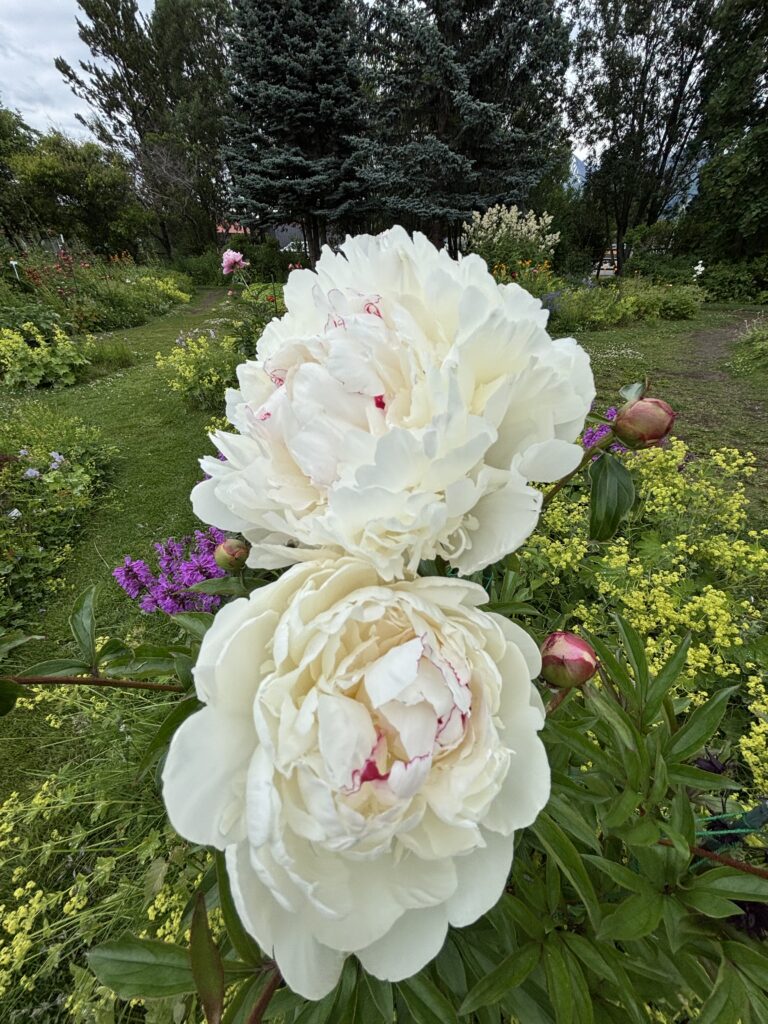
Palmer Museum of History and Art Presents
The Matanuska Valley Historical Photo Project
This website is an online photo database, managed by the Palmer Museum of History and Art. The goal of this site is to provide access to images, information, and stories of our community.
Our mission is to collect images depicting the people, places, and activities of the Matanuska-Susitna Valley area, and make them accessible to our community. By preserving these images and the stories that go with them, we capture the history of our community.
Why photos and why now? Images contain an enormous amount of information relative to their size, are easily shared, and provide powerful comparisons of past to present. What’s more, much of our Valley’s history is just one or two generations

